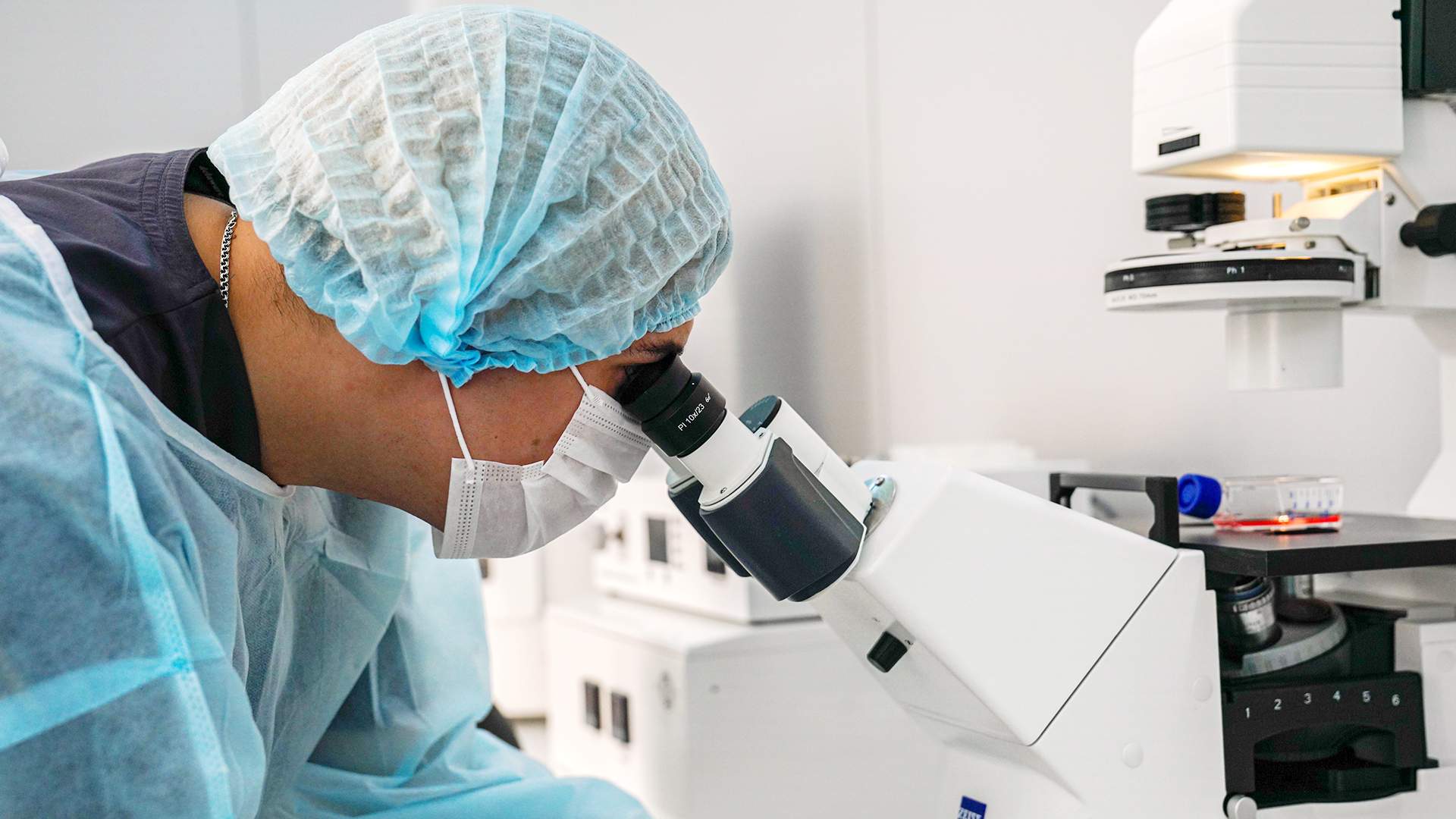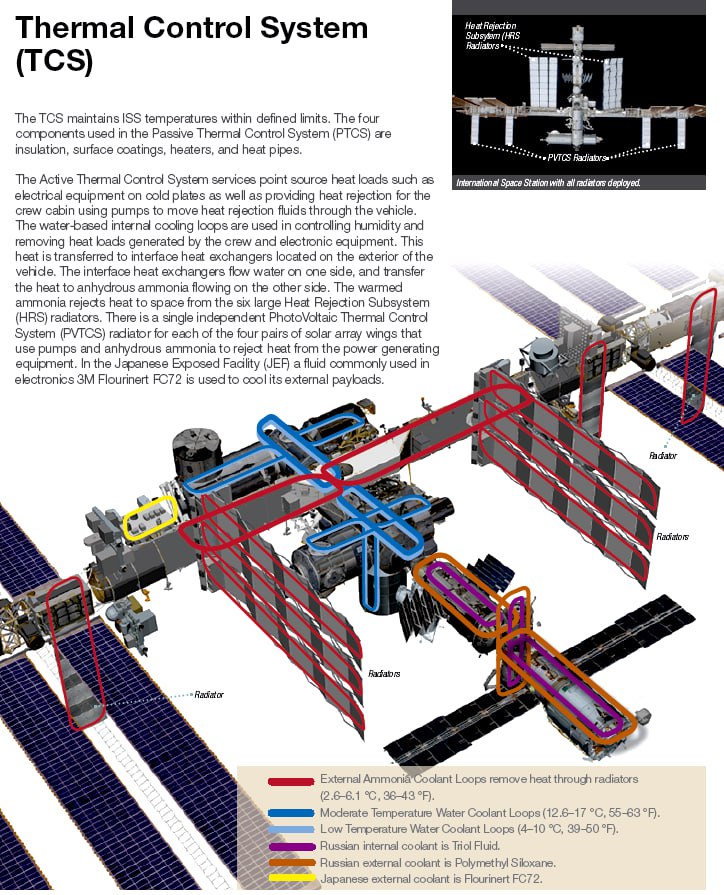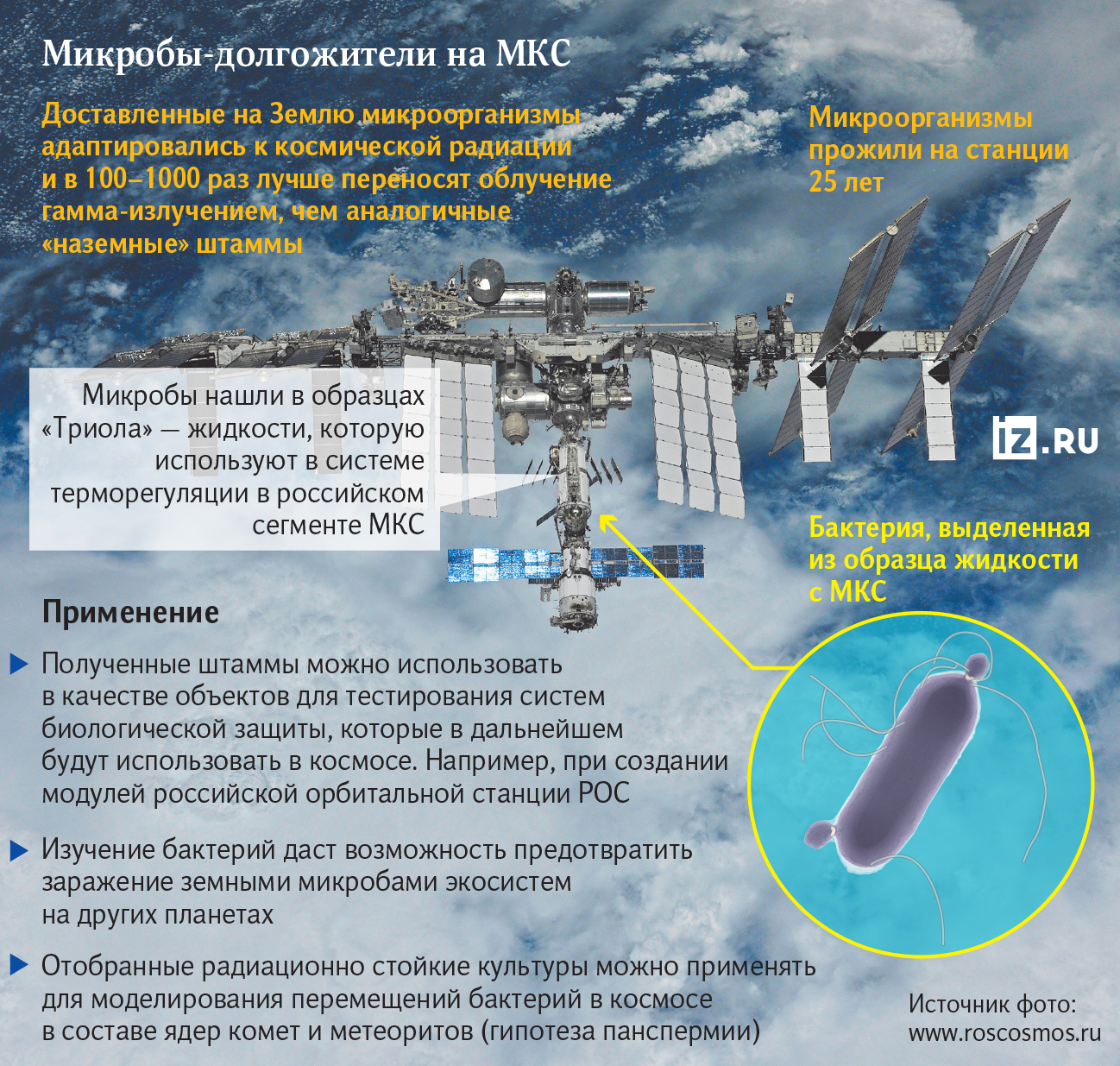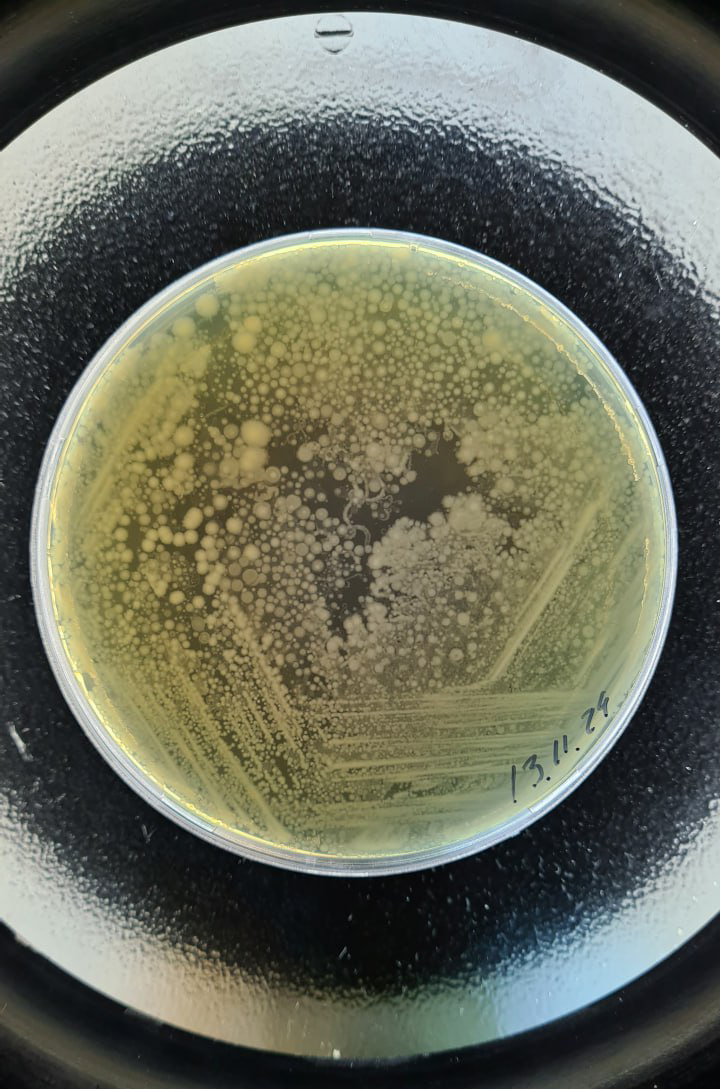Long-standing controversy: long-lived microbial forms found on ISS

Scientists have studied samples of the fluid that serves for heat transfer in the isolated thermoregulation system of the Russian segment of the ISS. The samples were found to contain viable bacteria that had spent about 25 years in the closed circuit - since the station was put into operation. The experiment showed that the microorganisms delivered to the ground adapted to space radiation and 100-1000 times better tolerate gamma radiation exposure than similar "ground" strains. Experts suggest using resistant bacterial cultures as model objects to study the possibilities of survival of organisms in space.
How bacteria can exist in space
Scientists from the Institute of Biomedical Problems (IMBP) of the Russian Academy of Sciences have discovered bacteria that have spent more than a quarter of a century on the ISS. They have become the longest-lived studied organisms of those that live on artificial space objects.
As explained by experts, microorganisms were found in samples of triol - a liquid based on a solution of glycerol. It is used as a cooling agent that circulates in a closed loop of the thermoregulation system on the Russian segment of the station. This equipment was put into operation in 1998 together with the ISS launch and has not been updated since then. At the same time, samples in which bacteria were found were delivered to the ground in October 2023. Thus, the bacteria spent about a quarter of a century in space inside the isolated system.
According to scientists, the uniqueness of the discovery is that the microbes during the long journey could adapt to the extreme factors of the space environment. Thanks to this, the obtained cultures are useful as model lines in studying the possibility of the existence of organisms in space.

- During the analysis, endospores were detected in the liquid. This is a protective form into which bacteria are transformed under unfavorable external conditions. In particular, they get rid of most of the water molecules, reduce in volume, form a complex system of covers and stop all processes of vital activity. In this form, microorganisms can be preserved for a long time. Perhaps the ability to form spores allowed bacteria to survive in the triole on the ISS. After delivery of samples in laboratory conditions bacteria were activated, which confirmed their viability, - told "Izvestia" researcher of the laboratory "Microbiology of habitat and antimicrobial defense" IMBP RAS Alexander Guridov.
At the same time, he noted, an important factor that limits the ability of organisms to exist in space is a strong radiation background. Therefore, in the course of the analysis , experts irradiated the obtained cultures with strong gamma radiation. Control groups of strains were subjected to the same effect. The latter were isolated from the reagent, which was stored on Earth at the manufacturer's plant.
According to the scientist, the level of radiation that the bacteria received - lethal for many spore-forming strains. Such doses, for example, are used for sterilization in various industries. According to the results of the experiment, experts found that after irradiation among terrestrial bacteria the number of viable bacteria decreases by about 8-10 orders of magnitude, while their "space" counterparts - by 6-7 orders of magnitude. That is, the survival rate of orbital travelers turned out to be 100-1000 times higher, he added.
- This phenomenon can be explained by selection under the pressure of increased radiation background, through which the strains have passed for 25 years of forced "exposure" on the ISS. In other words, the bacteria have adapted to some extent to a set of negative factors," the scientist explained.
How microorganisms will help in the study of space
The specialist specified that, in addition to radiation, other factors affect microorganisms in the thermoregulation system. For example, the lack of oxygen and the presence of salts in the reagent, which increase the pH of the solution, which means a high alkalinity of the environment.
At the same time, the high concentration of glycerol causes osmotic shock in bacteria, which also leads to the death of most of them. In addition, during the cooling process of the plant, the working fluid in the system transfers heat from the internal circuit of the plant to the external circuit and there is a temperature fluctuation from +5 to +35 °C, which is also detrimental to some species of microorganisms.

According to the scientists, further research can be directed at studying the ability of bacteria not only to survive in the form of spores in the aggressive environment of the thermoregulating system, but also to multiply in it.
- This work is relevant because it provides an opportunity to study, firstly, the ability of microorganisms to adapt and, secondly, the biosafety of the crew, which may be exposed to bacteria adapted to extreme conditions, - shared his opinion expert in space microbiology, Professor of Yugra State University Oleg Kotsyurbenko.

According to him, the obtained strains of increased survivability can be used as objects for testing biological defense systems that will later be used in space. For example, this is relevant in the creation of modules of the Russian orbital station (ROS). Also, ground testing of the equipment will make it possible to prevent contamination of ecosystems on other planets with terrestrial microbes.
In addition, selected radiation-resistant cultures can be used to model the movement of bacteria in space as part of the nuclei of comets and meteorites, said a leading researcher at the D.V. Skobeltsyn Research Institute of Nuclear Physics. D.V. Skobeltsyn MSU Alexander Panov.
- Bacteria in a dormant state can be in the dormant state for millions of years. In particular, in the core of Antarctic glaciers were found microorganisms, the age of which is about 8 million years. Having received nutrients and warmed up, they came to life. Therefore, we can assume that similar entities are able to survive in the nuclei of comets, - said the scientist.
According to him, there is a possibility that in the form of endospores bacteria can travel between planets. Perhaps this is how life got to Earth. It is also possible that during the passage near the Sun, when the nucleus of the comet thaws, there are evolutionary processes when microorganisms are activated and multiply.
- Scientists have conducted many experiments that show that bacteria in endospore form can survive conditions similar to Martian or open space. However, most studies cover small periods, which does not allow us to say with certainty that microorganisms can tolerate exposure to space conditions for hundreds or thousands of years," said R.I. Vernadsky, a junior researcher at the Laboratory of Geochemistry of the Moon and Planets at the Vernadsky Institute of Geochemistry and Analytical Chemistry. V.I. Vernadsky Institute of Geochemistry and Analytical Chemistry of the Russian Academy of Sciences Daniil Barbashin.
He noted that the development of research can have practical benefits. For example, scientists suggest that in the depths of large asteroids possible conditions that are suitable for bacterial life. In the future, stations for biological leaching of minerals can be located on such objects.
Переведено сервисом «Яндекс Переводчик»


